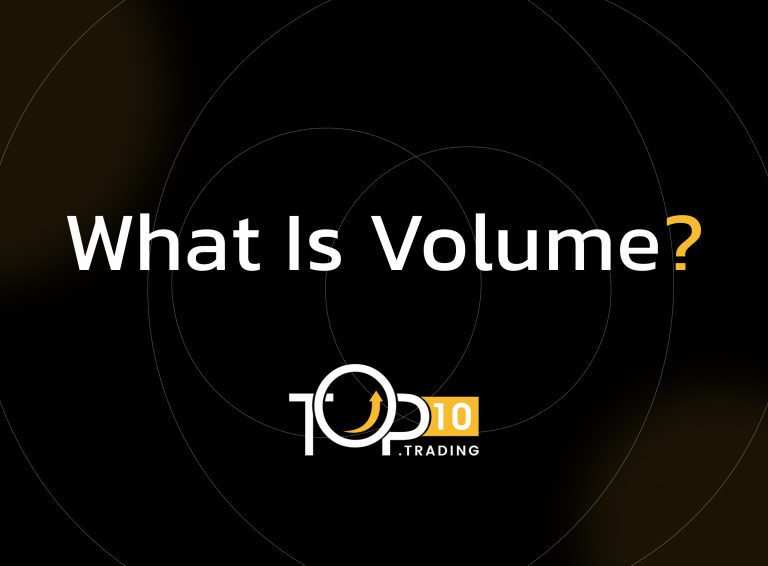What Is Volume?

Volume refers to the number of shares, contracts, or units of a financial asset traded during a given time period. It is a key indicator of market activity and liquidity, helping traders and investors assess the strength or weakness of a price movement. High volume typically signals strong interest and confirmation of a trend, while low volume may suggest indecision or lack of conviction.
Key Takeaways
- Volume measures how much of a financial asset is traded over a certain period.
- It reflects market activity and trader participation.
- High volume confirms trends and validates breakouts or reversals.
- Low volume can indicate weak trends or potential false signals.
- Used in technical analysis to support price action and momentum decisions.
How Volume Works
Volume is tracked on trading platforms and charts, often displayed as bars below the price action. It can be viewed:
- Intraday (minute-by-minute trades)
- Daily, weekly, or monthly for longer-term analysis
- By exchange or venue, especially in decentralized markets like forex or crypto
Increases in volume often precede significant price movements. For instance, a breakout from a resistance level on high volume suggests strong buyer conviction.
Examples of Volume
- A stock trading 10 million shares in one day shows high volume.
- Forex traders observe rising volume on EUR/USD during major economic news releases.
- Crypto volume spikes as Bitcoin crosses a key psychological level like $30,000.
- A quiet market session with low volume might lead to choppy, sideways price action.
Benefits of Monitoring Volume
- Trend Confirmation: Validates breakouts, breakdowns, and reversals.
- Liquidity Insight: Helps traders avoid assets that are thinly traded.
- Market Sentiment: Gauges enthusiasm or caution among participants.
- Improved Timing: Helps refine entry and exit points with confidence.
Costs and Limitations
- False Signals: Volume spikes can occur from one-time news or manipulation.
- Not Always Transparent: In OTC or decentralized markets, volume data may be incomplete.
- Lagging Indicator: Volume reflects what has happened, not necessarily what's next.
- Context Required: Volume should be analyzed alongside price action and other indicators.
Who Uses Volume?
- Technical Analysts: To strengthen chart pattern predictions.
- Day Traders: Rely on volume surges to catch short-term moves.
- Swing Traders: Use volume to confirm entry points and sustain trends.
- Institutional Investors: Analyze volume to detect accumulation or distribution.
